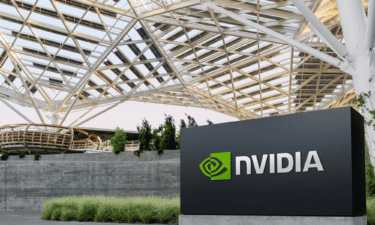Growth investors have crushed the market for nearly a decade. Stocks like Alphabet Inc, Netflix Inc, and Shopify Inc. (TSX:SHOP)(NYSE:SHOP) have consistently outperformed slower-growth peers, often by huge margins.
While growth investing has been wildly successful in recent years, there’s a mistake that many people keep making that could destroy your portfolio in 2020 and beyond. If you want to avoid collapse, make sure to keep this simple but powerful lesson in mind.
Everything is value
You’re likely aware of the distinction between growth and value investing. Growth investing is often associated with, you guessed it, high-growth companies. Lately, tech and cannabis stocks have been at the top of every growth investor’s watch list. Value investing, meanwhile, is often associated with contrarian bets and dividend stocks.
Here’s the problem: all investing is value investing. At its core, value investing means buying something for less than it’s actually worth.
Whether you’re buying high-growth companies or stodgy dividend stocks, you’re betting that the current share price doesn’t reflect the true value of the business, whether that’s today’s value or years down the road.
The only consistently successful investing strategy over the centuries has been to buy assets for less than their value. Your investment returns will ultimately be a reflection of what you pay, not how fast the company is growing.
If the stock is priced for 50% earnings growth, yet only achieves 40% earnings growth, it doesn’t matter that the underlying business is still growing — you’re still likely to lose money.
Overpaying for a stock rarely turns a profit, no matter how fast the firm is growing. With global economies stuttering and recession fears on the rise, there has never been a better time to keep that in mind. Growth investors that forget that they’re actually value investors are making a big mistake.
How to invest
It’s critical to note that I’m not suggesting you abandon growth investing. Growth stocks can (and often do) add huge potential to your portfolio.
Instead, I’m urging you not to throw away the proven lessons of value investing — namely, the price you pay for a stock matters, especially when valuations are falling.
Consider Canada Goose Holdings Inc. (TSX:GOOS)(NYSE:GOOS). For years the stock traded at a premium valuation of 50 to 100 times trailing earnings. Both sales and profits were growing at 30% or more per year.
In 2019, management reset long-term growth guidance to between 20% and 30% annually. That’s still impressive, but the valuation multiple compressed wildly, sending shares down 30% in a single day. The company is still growing like a weed, but the price investors were willing to pay for that growth was slashed.
The ultimate lesson here is that revenue and earnings growth won’t save you during a market rout. The higher the valuation multiple, the more room there is to fall. Just look at Shopify stock. Shares now trade at a whopping 28 times forward sales.
Is the company growing rapidly? Yes. Will the company maintain rapid growth even during a recession? Yes.
Will the valuation multiple remain sky-high if a bear market hits? Probably not. At this valuation, you’re likely better off finding the next Shopify.
It doesn’t matter if you call yourself a growth investor or a value investor—valuation matters. Forgetting this is a huge mistake.







